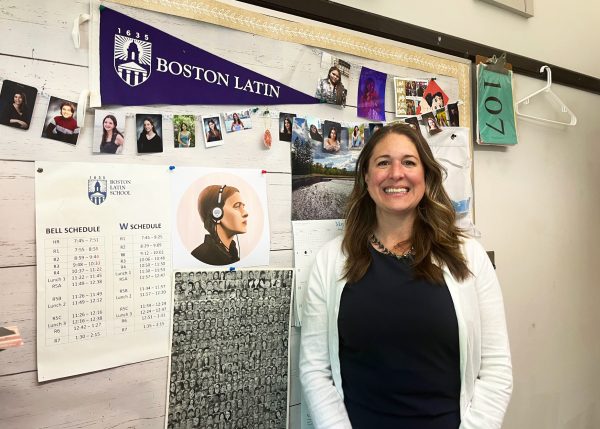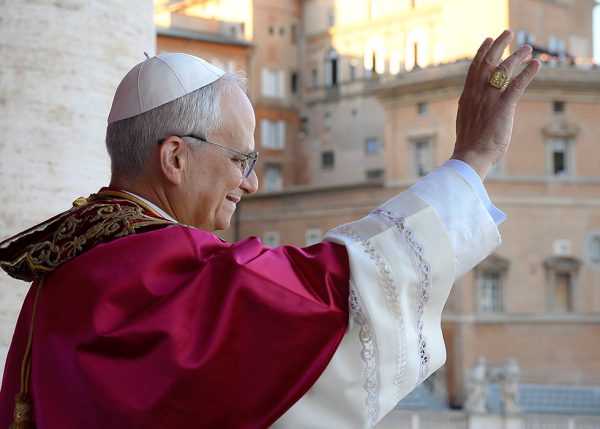Go Green, Germany!
Boston Latin School German students recently traveled to German International School Boston (GISB) and attended a panel in the Seevak Room with students from Germany’s University of Stuttgart, expanding their learning beyond the classroom.
During their visit to GISB on March 17, AP German students greeted kindergarten and preschool students with animal toys crafted from disposable materials. This project was part of the AP German sustainability unit: students learned about the damage of microplastics and overconsumption on each of their specific animals and habitats.
AP German student Veronica Serwatko (II) felt fully prepared for the trip because of the extensive vocabulary practice during the sustainability unit, which eased communication between the GISB and BLS students. The unit also allowed students to reflect on how frequently they use plastics and how to reduce plastic use. Servatko shares, “This was such an eye-opener since […] half the things within my reach are plastic, and since I’m now so hyper-aware and conscious of the plastic I use, I’ve been trying to reduce it.”
This year, GISB’s school-wide goal was building sustainability. All GISB students, from preschool to twelfth grade, were given the task to create a village out of everyday disposable items. BLS students helped the preschoolers and kindergarteners with their projects after their presentations.
GISB’s sustainability project stems from Germany’s heightened awareness of climate and recycling. In reaction to an energy crisis sparked by the Russo-Ukranian War, Germany has turned to new initiatives, such as employing more electric delivery vans and reducing plastic usage.
In the past, Frau Heidemarie Floerke has brought BLS students to GISB to read German fairy tales to the children there. She believes this change of pace immerses students not only in the German language and culture, but also the importance of sustainability.
“I hope that I have made them more aware of how much plastic we use and how we could perhaps avoid using these plastics […] and what damage microplastic does. We don’t see it, but it’s there,” Frau Floerke reflects. She hopes to move past topics of overconsumption and return to fairy tales within the next few years despite the success of the AP German students’ presentations about endangered animals and habitats.
On March 31, German 1 and 3 classes attended a meet-and-greet in the Seevak Room with university students through the cooperation of Massachusetts Institute of Technology and the University of Stuttgart. Aspiring teachers from the University of Stuttgart came to BLS to observe and discuss the American education system. They were given the opportunity to chat with students about their personal experiences, comparing and contrasting the vast differences between German and American education.
“It helps them to see if they would want to possibly move here to teach, and so they could get a perspective of what it would be like if they teach in America versus if they taught in Germany,” says Jack Sawyers (III), a German 3 student.
After the meet-and-greet, Sawyers found that his conversations with the University of Stuttgart students expanded his outlook on secondary education. For instance, he learned that it is cheaper to attend university in Germany than in the United States.
As a result of these ongoing activities, the German program at BLS would like to both continue the tradition of visiting GISB and keep in touch with the University of Stuttgart. In addition, the success of these events have sparked a possible German student exchange program for the 2023-2024 school year.
“Whenever you have the opportunity to allow your students to come in contact with the culture and the language outside of the classroom, it is incredibly enriching. Those exchanges are always very memorable,” Frau Floerke concludes.






